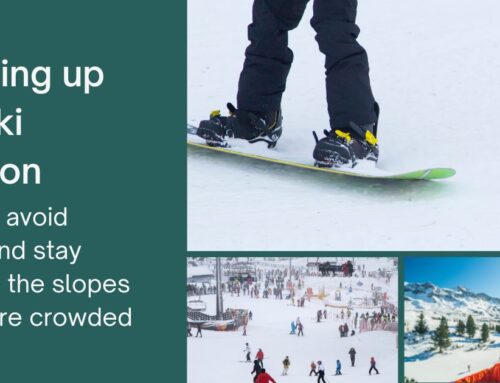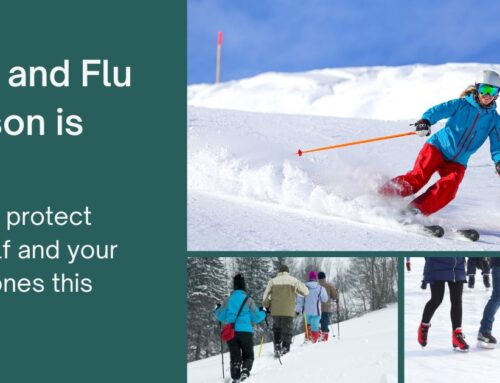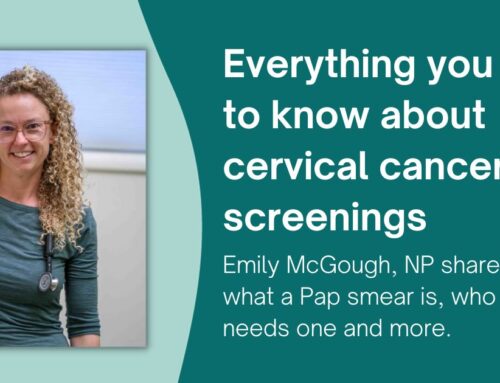Last week a group of locals saved someone’s life. Himay Palmer and Melanie Kent were the first to witness the man collapse on Colorado Ave., and were the first to run to his aid. Valerie Sloan arrived moments later, and having recently taken a CPR course, quickly recognized his situation warranted an AED (automated external defibrillator) and ran to the nearest AED station. Palmer dialed 911 and Kent initiated CPR.
Meanwhile, Dr. Bill Hall, an emergency doctor from the Telluride Regional Medical Center Emergency Department, and Jill Masters, an experienced paramedic, randomly happened upon the scene.
“A frantic crowd was gathering around a man on the ground, we rushed over.” said Dr. Hall.
Friday’s event was the third time Dr. Hall found himself performing CPR as a citizen. “It can be difficult to tell if someone’s breathing,” said Dr. Hall. “Especially in winter when people are wearing extra clothing. When in doubt, always err on the side of starting CPR.”
The man was shocked three times with the AED by Masters while Dr. Hall, Kent, Sloan and others rotated CPR compressions.
The fourth shock was delivered by Paramedic Heidi Attenberger when EMS arrived to the scene. It was then that the patient regained a pulse.
The man went on to receive care at the Telluride Regional Medical Center before being flown to St. Mary’s in Grand Junction, where Dr. Hall has since visited with him.
Background on Telluride’s AEDs
In 2006, Dr. Mark Rosenthal, M.D., a part-time local resident and cardiologist, took it upon himself to establish Telluride as a designated American Heart Association recognized Heart Safe Community.
Dr. Rosenthal collaborated with local government entities and stimulated fundraising to install AEDs throughout the area.
What is an AED and what is it used for?
An AED is a small, portable, electronic device. It can detect life-threatening irregular heart rhythms and then provide an electric shock to reestablish a normal heart rhythm in someone who is in cardiac arrest.
When someone goes into cardiac arrest, time is of the essence. In fact, if defibrillation takes place within the first minute, survivability is more than 90%; however, chance of survival decreases roughly 10% for each minute that passes. Thus, the sooner an AED can be applied, the higher the chance of survival.
What sort of training do I need to use one?
Answer: None.
The genius of AEDs is that a witness to cardiac arrest does not need any training to use one. No one should hesitate to use an AED. Many people with no training whatsoever have saved lives using AEDs.
Where are the AEDs in the Telluride area?
It is a good idea to take a minute right now and review the list and map below. At a bare minimum, focus on knowing where the nearest AED is to your house, work, and the places you commonly visit.
Please look at the map and think about where you would go to get an AED if someone collapsed in front of you.
AED LOCATIONS
TELLURIDE
Virginia Placer Boarding House; Shandoka Laundry; Shandoka Office; High School: Gym; High School: Palm Lobby; Clark’s Market; Cimarron Lodge; Elementary School: Lobby; Telluride Regional Medical Center; Nevasca Realty; Gondola Station; Wilkinson Public Library; La Cocina; Marshall’s Department; Town Park: Nordic Center; Town Park: Warming Hut; Town Park: Pool; Hanley Ice Rink
MOUNTAIN VILLAGE
Meadows Post Office; Mountain Village Police; Gondola Station Village; Gondola Plaza Station; Mountain Lodge; The Peaks Lobby; The Peaks Spa; Franz Klammer Lodge; Conference Center Plaza; Heritage Plaza
OTHER
Gray Head Owners Cabin; Telluride Regional Airport; Lawson Hill Conoco Station; Lawson Hill Post Office; Shell Station; Ophir Public Works; Placerville M&M Mercantile; Sawpit Mercantile; Down Valley Park; Norwood Fairgrounds; Norwood Ballfields; Norwood County Offices







